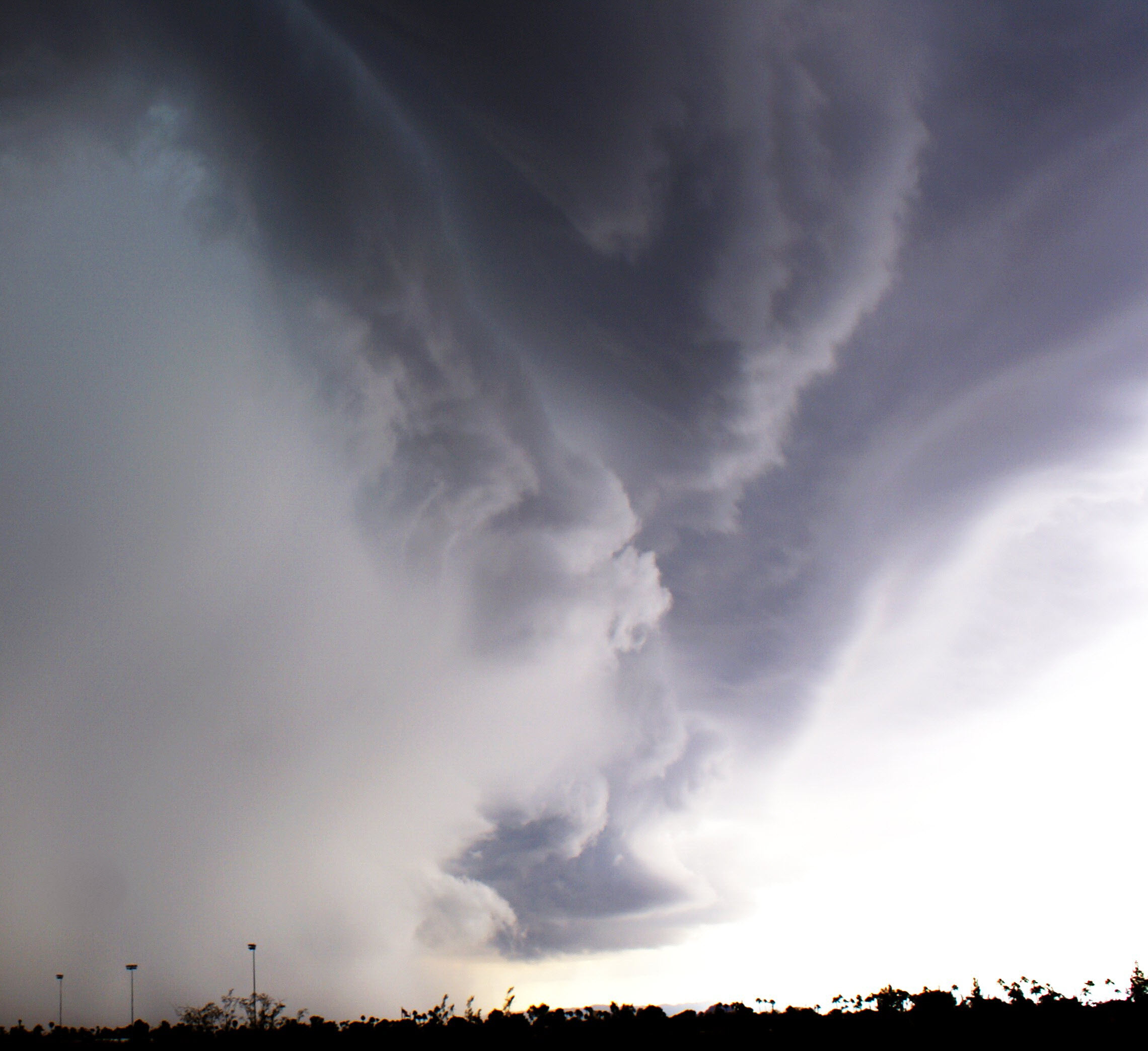 BIG DATA
BIG DATA
 BIG DATA
BIG DATA
 BIG DATA
BIG DATA
In many parts of the U.S., hailstorms are a constant threat. Hailstones can damage roofs and siding of afflicted buildings beyond repair in just a few minutes, requiring insurance companies to pay large claims.
But sometimes hailstones aren’t the culprit. In Dallas recently, one policyholder with coverage on several rental properties submitted two claims for roof damage several weeks apart, saying they were caused by the same storm. The carrier ran an analysis using weather data from Understory Inc. to see if the facts supported the claim. It found that although hail did fall in the area during the storms, the hailstones weren’t large enough to cause the damage claimed by the insured.
Confronted with the facts, the policyholder admitted that the actual culprit was a poor roofing installation, and that the installer had urged the customer to file the claim to cover up its own mistakes.
Such practices are common in the wake of big storms, which play havoc with insurance companies’ field operations and prompt them to pay claims without fully investigating them. It’s a problem that Madison, Wisconsin-based Understory is addressing with an “internet of things”-based weather analytics network that gathers atmospheric data satellites and conventional terrestrial equipment can’t. The company primarily serves insurance companies and farmers, giving them information about weather-related events that enables better preparation and more rapid response to damaging storms.
Whereas conventional satellite-based forecasting observes weather from above, Understory uses patented terrestrial weather stations (below) to analyze what’s going on beneath the clouds. The devices, which are stationed on rooftops approximately two miles apart, pull together information about temperature, air pressure, wind speed, rain impact, dew point and other metrics 50,000 times per second.
The company, which is named for the part of a rainforest that lies beneath the canopy, said it can detect storms faster than conventional weather stations and better isolate areas of damage. It currently has 500 stations in Dallas, Denver, Houston, St. Louis and Kansas City, Missouri. It plans to expand over the next two years to 5,000 sensors covering regions responsible for over half of average annual storm loss and over 90 percent of all weather-related catastrophes.
In the aftermath of a major storm, insurance companies struggle to identify the hardest-hit areas. Using a best-guess approach wastes adjusters’ time, forcing the companies to hire additional adjusters to handle the high volume of claims. Some claims can take months to resolve, and time-strapped insurers may pay larger settlements than necessary in order to expedite settlements. Delayed repairs can further jack up costs. “If a home is damaged by hail and it’s six months before repairs are made, that home can be damaged further,” said Understory Chief Executive Alex Kubicek.
 Understory said it can save insurance companies 15 to 30 percent on post-event costs and its claims analysis program enables carriers to use the data in operations in less than 48 hours. Kubicek came up with the idea while earning his master’s degree in atmospheric science at the University of Wisconsin.
Understory said it can save insurance companies 15 to 30 percent on post-event costs and its claims analysis program enables carriers to use the data in operations in less than 48 hours. Kubicek came up with the idea while earning his master’s degree in atmospheric science at the University of Wisconsin.
The sensors that the company has been developing since its 2012 launch are centered on a real-time signal processor encased in a shell that looks a little like an ice cream scoop with a stainless steel ball on the end. The solar-powered sensors communicate via cellular data networks, sending a subset of the information they collect to Understory’s cloud.
The network is orchestrated by SaltStack, an open source, event-driven automation tool. “The sensors are incredibly cost-effective to deploy because there are no moving parts and no maintenance; the whole device is put together from commodity components,” said Kubicek, who declined to specify costs.
Understory said it has worked with insurers on more than 8,000 claims, saving $16 million in costs, part of which is passed along to policyholders. Much of the company’s work so far has been centered on fast-moving weather events such as tornadoes and hailstorms, which can come on unexpectedly, end abruptly and cause extensive damage in just a few minutes.
The company said its sensors can detect a developing tornado 30 to 60 minutes in advance, compared with about 20 minutes for conventional forecasting systems. The stations can also capture data about what’s going on beneath the clouds that satellites would never see, Kubicek said.
That helps insurers, farmers and utility companies identify the most badly damaged areas quickly. “If hail is falling at a 45-degree angle coming from the east, then you can predict that the east side of buildings will have the most damage,” Kubicek said.
Ground-based sensing has other advantages in analyzing the quirky characteristics of hailstorms. During a recent storm in Denver, Understory’s sensors were able to determine the size of falling hailstones and direct insurance adjusters to the downtown area where the largest stones were falling and presumably causing the greatest damage. “The only way to measure actual impact was on the ground,” Kubicek said.
THANK YOU